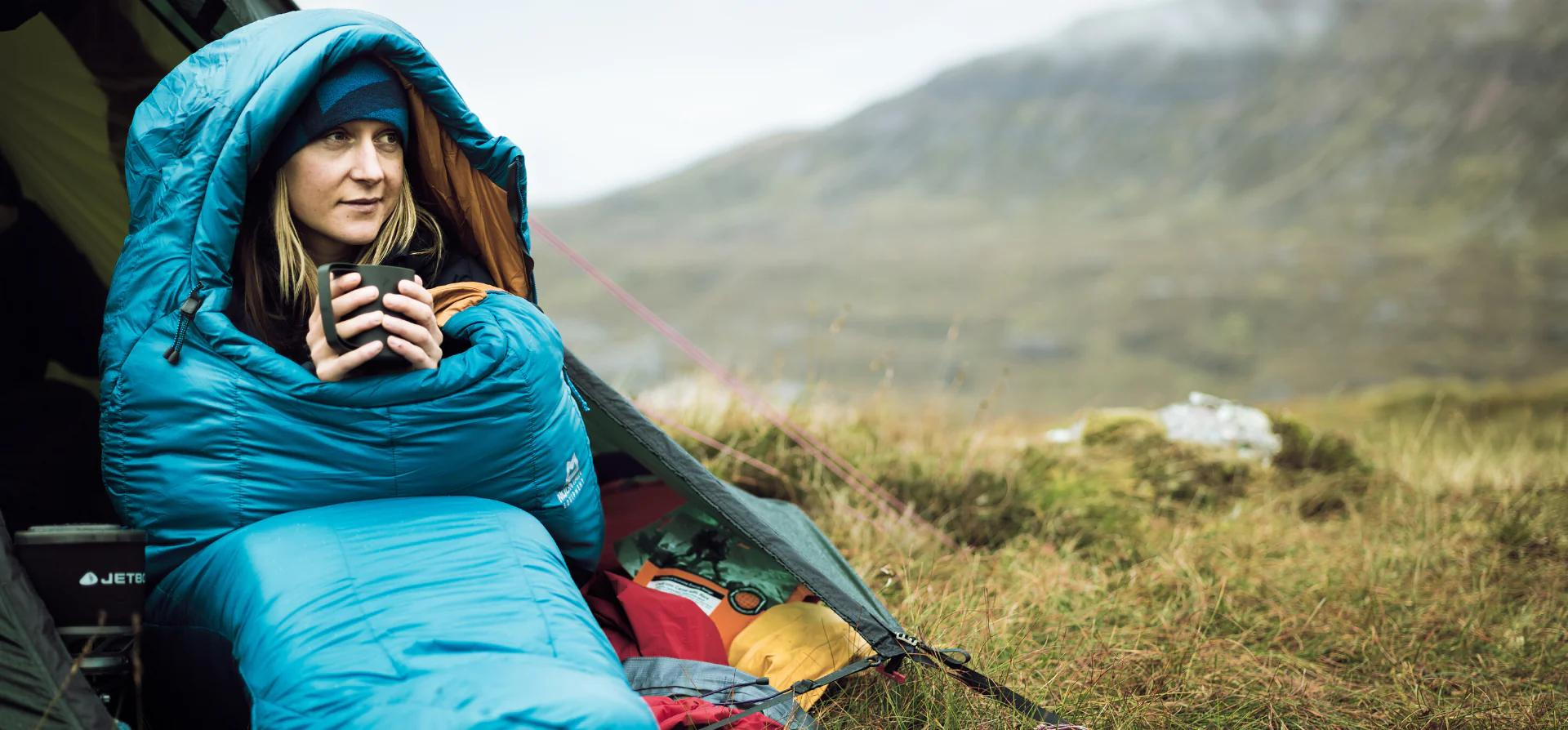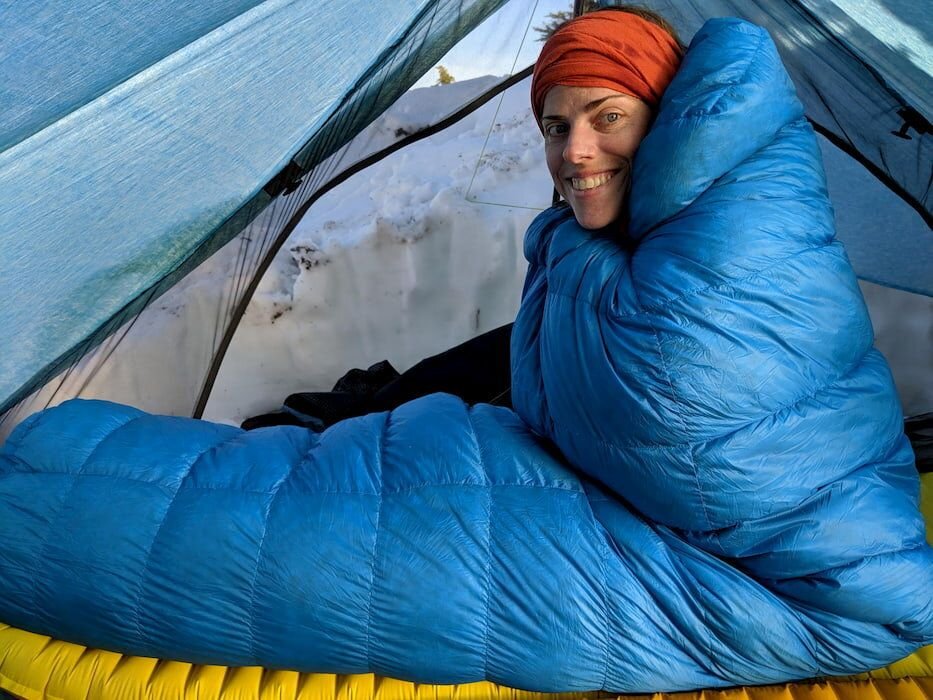Choosing the right sleeping bag is crucial for a comfortable night outdoors, especially if temperatures drop unexpectedly. The key factor to consider when selecting a sleeping bag is its temperature rating, which indicates the lowest temperature at which the bag will keep you warm. By understanding these ratings, you can ensure a restful night’s sleep in the wilderness.
How Sleeping Bags Are Tested for Temperature Ratings
Sleeping bag temperature ratings can be complex. Here’s a breakdown to help you understand them better:
- Lab Testing: Sleeping bags are typically tested in independent labs, providing a standardized method for comparing bags across different brands.
- Standards: Originally, the European Norm (EN) was used, but now the International Standards Organization (ISO) oversees the testing. The methods are nearly identical, allowing comparisons between EN and ISO-rated bags.
Temperature Rating Terms
Lab tests produce a range of temperature ratings for each sleeping bag, with two specific ratings highlighted:
- Comfort Rating: The temperature at which a cold sleeper will feel comfortable. This is typically used for women’s bags.
- Lower Limit Rating: The temperature at which a warm sleeper will feel comfortable. This is generally used for men’s bags.

Important Considerations for Temperature Ratings
- Estimates, Not Guarantees: Lab tests use standardized conditions (e.g., sleeping pad, base layers), but real-world conditions vary. Your comfort level may differ due to factors like clothing, sleeping pad, body type, weather, and food intake.
- Naming Conventions: The temperature rating in a sleeping bag’s name may not match its exact rating. Brands often round to the nearest 0 or 5 for simplicity, so check the actual test rating rather than the bag name.
- Gender Differences: Women’s bags use the comfort rating because, on average, women feel colder than men in the same conditions. This means women’s bags often have more insulation and weigh more than men’s bags with the same temperature rating.
Additional Insights
- Weight Differences: Because women’s bags aim for the comfort rating, they may be heavier due to extra insulation. If you are a warm sleeper, you might prefer to select a bag based on the lower limit rating to avoid unnecessary weight.
- Unrated Bags: Some sleeping bags, especially those for extreme cold or mild conditions, may not have ISO ratings. In such cases, temperature specs are estimates by the brand and should be used as rough guidelines rather than exact comparisons.
Practical Tips for Using Temperature Ratings
- Real-World Use: Always consider that lab-tested ratings are an approximation. Your comfort may vary depending on various factors.
- Check the Labels: Look for specific comfort and lower limit ratings on the bag’s label rather than relying solely on the name.
- Know Your Needs: Understand your sleeping habits and whether you tend to be a warm or cold sleeper. This will help you choose a bag with the appropriate temperature rating.
- Consider Extra Gear: Using a high-quality sleeping pad and wearing appropriate base layers can enhance your sleeping bag’s effectiveness in keeping you warm.
By understanding and applying these guidelines, you can select a sleeping bag that will keep you warm and comfortable during your outdoor adventures, ensuring a good night’s sleep even in challenging conditions.









